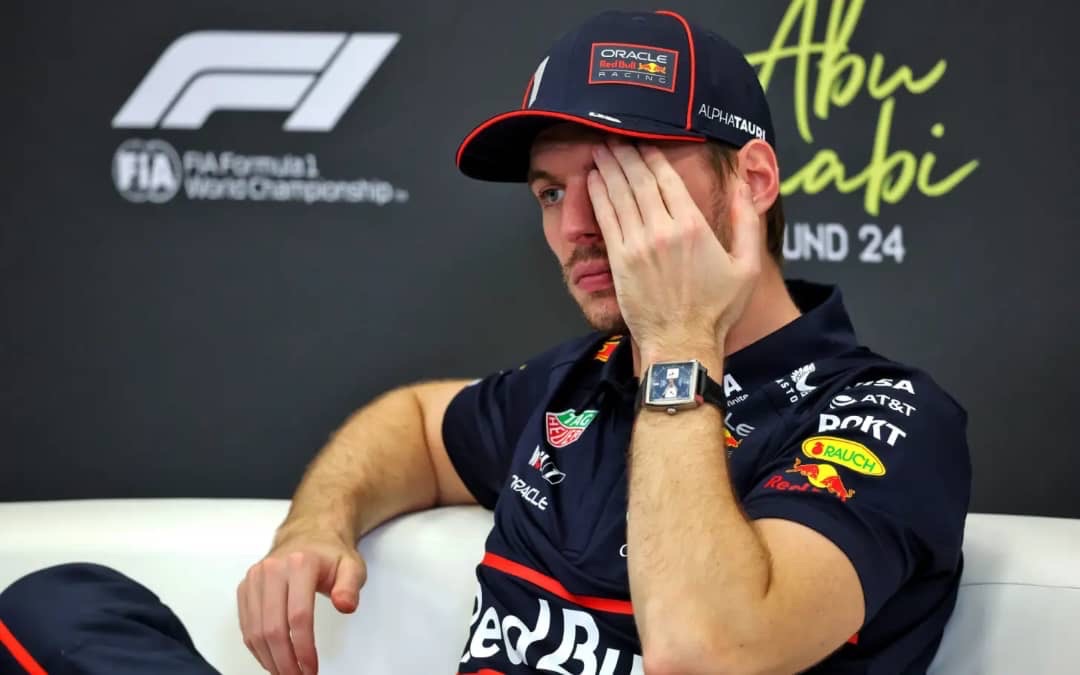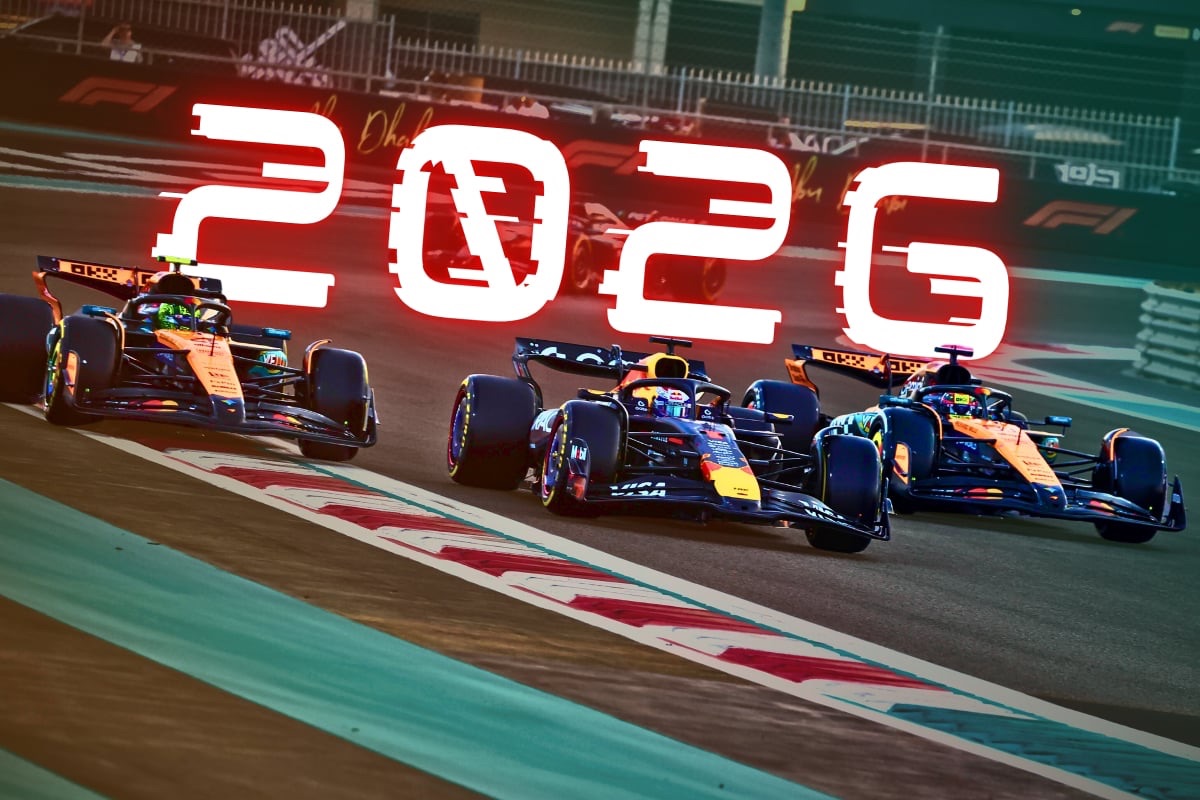Lewis Hamilton Faces Ferrari Setback as SF-25 Struggles Uncovered
Lewis Hamilton’s highly anticipated debut season with Ferrari is off to a turbulent start, with the seven-time World Champion yet to make a meaningful impact. Despite the fanfare surrounding his move from Mercedes, early signs suggest that both Hamilton and Ferrari’s 2025 challenger, the SF-25, are falling short of expectations — particularly in qualifying sessions.
Hamilton’s early outings in the SF-25 have been marked by inconsistency, and while he claimed victory in the sprint race at the Chinese Grand Prix, that moment of success has proven to be an exception rather than the norm. He has yet to finish ahead of his teammate Charles Leclerc in any of the main Grands Prix this season. More concerning is the qualifying performance gap between the two, which exceeded half a second at both the Bahrain and Saudi Arabian rounds.
Now, new reports from La Gazzetta dello Sport shed light on a deeper technical issue affecting the SF-25 — one that could be a major factor behind Hamilton’s struggle to adapt. According to the Italian publication, Ferrari’s 2025 car exhibits critical performance flaws under specific conditions, notably when running on low fuel and navigating slow-speed corners. These are the exact conditions seen during qualifying sessions, suggesting that the SF-25 has a fundamental issue that hampers one-lap pace.
The report states that under such conditions, the SF-25 “goes into crisis,” suffering from a significant loss of mechanical grip — the kind that is crucial for strong qualifying performances. This deficiency becomes especially problematic when the car is light on fuel and relying more on mechanical grip rather than aerodynamic downforce.
So far, Ferrari has managed only one top-three start on the grid in the 2025 season, a statistic that highlights their struggle to unlock pace when it matters most. For Hamilton, whose career has been defined by dominating Saturdays during his time at Mercedes, this represents a dramatic and frustrating shift.
Hamilton himself has voiced concerns about the car’s behavior, describing the SF-25 as “alien” compared to what he was accustomed to during his 12-year stint with Mercedes. His discomfort has been apparent both on and off the track. He’s publicly hinted at a bleak outlook for the season, describing it as “painful” and suggesting that there is “no fix” currently in sight. He’s also speculated that Ferrari leadership may be growing impatient with the lack of progress, and predicted further difficulty ahead — including for the upcoming Miami Grand Prix.
In addition to the mechanical grip issues, another major concern has emerged: the car’s sensitivity to changes in ride height. This was brought into sharp focus when Hamilton was disqualified from the Chinese Grand Prix due to excessive plank wear — an indicator that the car was running too low to the ground. The incident forced Ferrari to make adjustments, with Hamilton later revealing that the team had been forced to raise the car higher than ideal, which in turn compromised performance.
Ride height sensitivity appears to be a persistent problem for the SF-25, further complicating its handling characteristics. As teams aim to lower their cars as much as possible for optimal aerodynamic performance, Ferrari seems to be walking a tightrope between compliance with technical regulations and maximizing the car’s speed. This limitation may be stifling Hamilton’s ability to extract performance and contribute effectively to development.
In conclusion, Hamilton’s Ferrari journey is proving far more difficult than anticipated. While his talent and experience are beyond question, the technical limitations of the SF-25 — particularly in qualifying trim — are holding him back. Unless Ferrari can engineer a swift turnaround, Hamilton may face a long and frustrating season ahead in red. The challenge now lies in whether Ferrari can solve these complex issues before they derail what was once considered a dream partnership.



